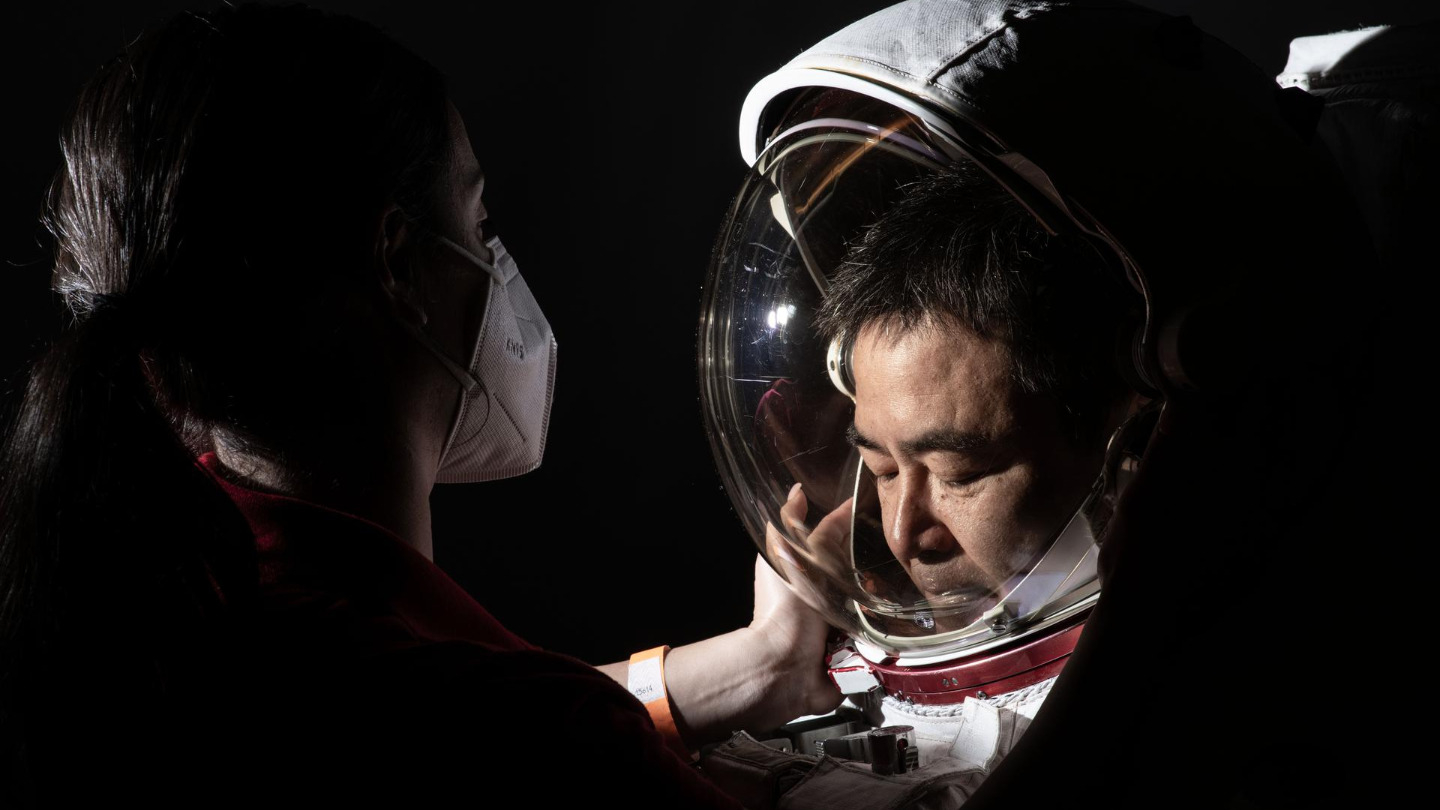Brain cavities that swell in space may need at least 3 years to recover |
 |
| Every print subscription comes with full digital accessAstronaut Akihiko Hoshide, of the Japanese Aerospace Exploration Agency, suits up for a photo shoot ahead of his 2021 launch to the International Space Station, a mission that lasted around six months. That’s about how long it takes for the brain’s fluid-filled cavities to adapt to the microgravity of space, a new study suggests.Norah Moran/NASABy McKenzie PrillamanSpacing out spaceflights may benefit astronauts’ brains.While outside Earth’s atmosphere, fluid-filled chambers in the brains of astronauts tend to adapt to microgravity by expanding. But after a space mission, these structures might take three years to shrink back to normal, researchers report June 8 in . The finding suggests that astronauts might need at least that much time between flights before their brains are ready to be in space again.At the brain’s center sit four cavities — or ventricles — brimming with liquid that cushions the organ and clears out waste. But with little gravity in space, fluids accumulate in an astronaut’s head. So the ventricles adapt by taking in more fluid and expanding, says space scientist Rachael Seidler of the University of Florida in Gainesville.Researchers knew that astronauts often return to Earth with enlarged ventricles. But Seidler and colleagues wanted to see if time spent in space or how much time had elapsed since past flights affect how much the brain changes during a mission.The team examined MRI brain scans of 30 astronauts from before and after one of each astronaut’s missions. Analysis showed that the longer the mission, the more three of the four ventricles seemed to expand. The fourth ventricle is so small that possible volume changes may have been too tiny to detect, Seidler says. While two-week trips left a minimal mark on ventricles, six- and 12-month missions resulted in enlargement by fractions of a milliliter. The two longer durations led to similar amounts of expansion, suggesting the swelling slows after six months in space.For the 18 astronauts who had flown before, time between missions also appeared to make a difference. In those who last visited space three to nine years prior, three of their ventricles expanded — on average, roughly 10 to 25 percent — during the mission that the researchers studied. But ventricles grew little to none in astronauts whose last spaceflight took place less than three years prior, which suggests their brains may not have had enough time between missions to fully recover, the scientists say. “I’m glad that the [study] authors took the first step and are looking at this question,” says neuroradiologist Donna Roberts of the Medical University of South Carolina in Charleston. “There are so many variables that could play into the brain changes that we’re seeing, and it’s hard to sort them out.”Spaceflight’s effects on the brain are even more pressing now that NASA aims to send people to Mars, which could be a two-year round trip, she notes (). “Everybody talks about the rocket technology to get to Mars,” Roberts says. But “the humans — that’s the real challenge.”Questions or comments on this article? E-mail us at feedback@sciencenews.org | Reprints FAQH.R. McGregor . Impacts of spaceflight experience on human brain structure. . Published online June 8, 2023. doi: 10.1038/s41598-023-33331-8.McKenzie Prillaman was the Spring 2023 science writing intern at . She holds a bachelor’s degree in neuroscience with a minor in bioethics from the University of Virginia and a master’s degree in science communication from the University of California, Santa Cruz.Our mission is to provide accurate, engaging news of science to the public. That mission has never been more important than it is today. As a nonprofit news organization, we cannot do it without you. Your support enables us to keep our content free and accessible to the next generation of scientists and engineers. Invest in quality science journalism by donating today.Science News was founded in 1921 as an independent, nonprofit source of accurate information on the latest news of science, medicine and technology. Today, our mission remains the same: to empower people to evaluate the news and the world around them. It is published by the Society for Science, a nonprofit 501(c)(3) membership organization dedicated to public engagement in scientific research and education (EIN 53-0196483). © Society for Science & the Public 2000–2023. All rights reserved. Subscribers, enter your e-mail address for full access to the archives and digital editions.Not a subscriber? Become one now. |
Jun 09th, 2023 |
| source |